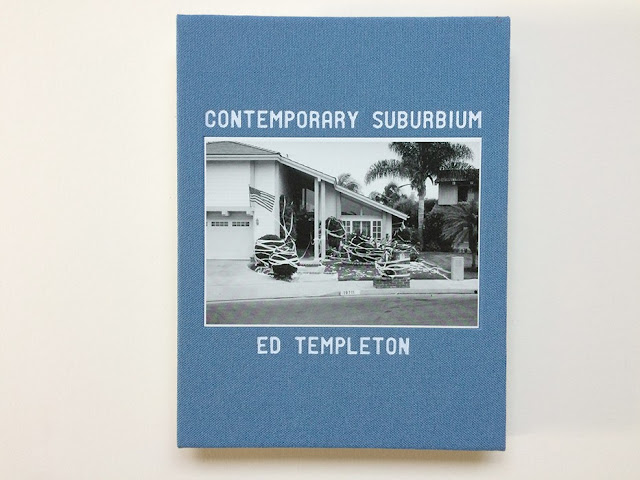I am, or at least used to be, a bit of a scavenger when I walk. I’m well aware of the eco tourist mantra “Leave
only footprints, take only photographs” which the interwebs attribute to Chief
Seattle of the Suquamish tribe.
However, since his dates are 1786 – 1866 it seems unlikely he’d have
given all that much thought to photography.
There is one, and only one, known photograph of him, from 1865.
I have no argument with the chief, or anyone else
about this. Obviously I’m not in favor
of driving a truck into the Mojave desert and loading it up with native flora
and fauna, but if you’re walking in some scrubby bit of territory, outside any
kind of designated park or preserve, and you find a horse bone or a bit of inscrutable
machinery lying in your path, well I don’t think it’s the crime of the century
to pick it up and put in your backpack and take it home with you.
And when you’re walking in the city I think it’s
perfectly ok to pick up just about any old thing that’s lying in the street –
books, toys, a loud speaker. You could
claim you were picking up litter, beautifying the environment.
But then the question arises of what you actually do
with all this disjecta when you get it home.
For years I’ve been accumulating stuff and putting it on shelves in a
little room off the garage.
And I suppose there was always some idea in the back
of my mind that I might become a junk sculptor like Noah Purifoy, or one of
those curator-artists like Mark Dion, both of whom I admire greatly.
But the years go by and the sculpture doesn’t get made,
and yes I suppose any accumulation involves a kind of curating but I don’t see
the good folks from the Pitt Rivers museum knocking at my door, asking me to
install a display of the Nicholson collection, and so recently I’ve been
thinning the archive, perhaps better described as throwing away junk, which is,
in general, a remarkably pleasurable experience.
At the same time (and I’m not sure if this is part of
the same impulse or its opposite) I’ve been photographing the stuff before I
throw it away. As you see.
But then just a few days back I was out walking and I
saw a machete on the ground at the side of the street. Obviously it had been left there by a worker
who’d forgotten it when he was packing up, and yes it’s obviously wrong to
steal a man’s tools, but equally the man couldn’t have valued the machete all much
or he wouldn’t have left it behind. And
so despite my resolution not to pick up more stuff I really did want that
machete. And the only reason I didn’t take
it was because I’d have had to walk down the street with it in my hand, and I
thought that by the time I got home somebody would have seen me and called the
cops to report a dangerous armed lunatic in the neighbourhood. So I left it where it was and I had to make
do with a photograph.
But I kept thinking about it and the next day I went
for a walk down the same street and the machete had gone. I hope it went to somebody who needed it more
than I did, not hard since I didn’t really need
it at all.




























